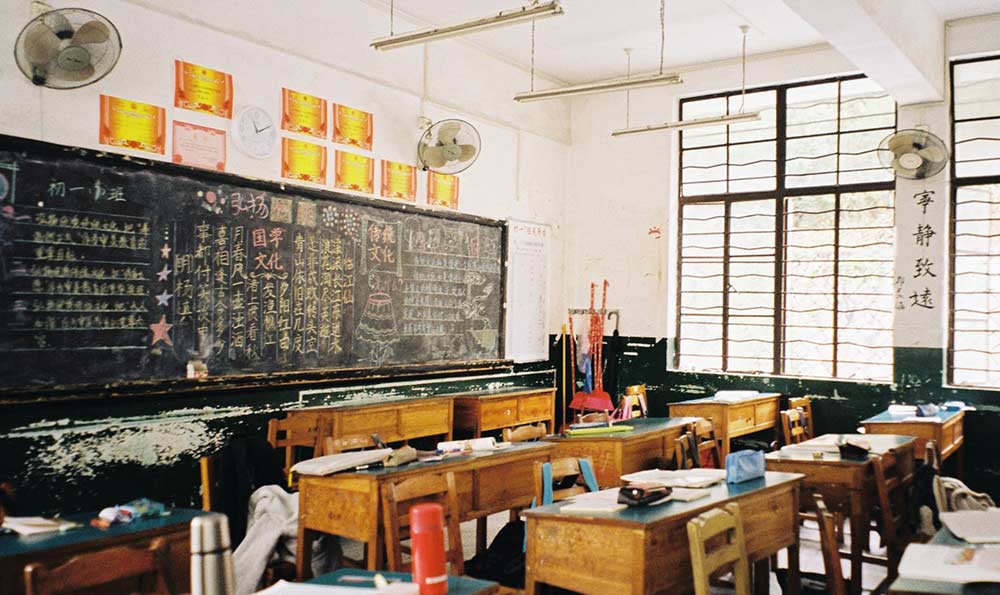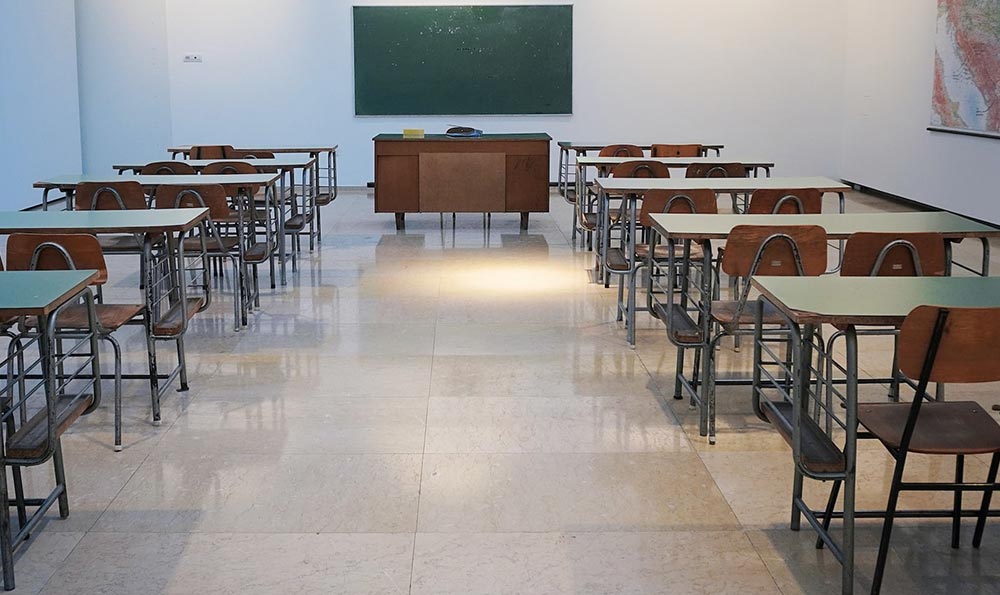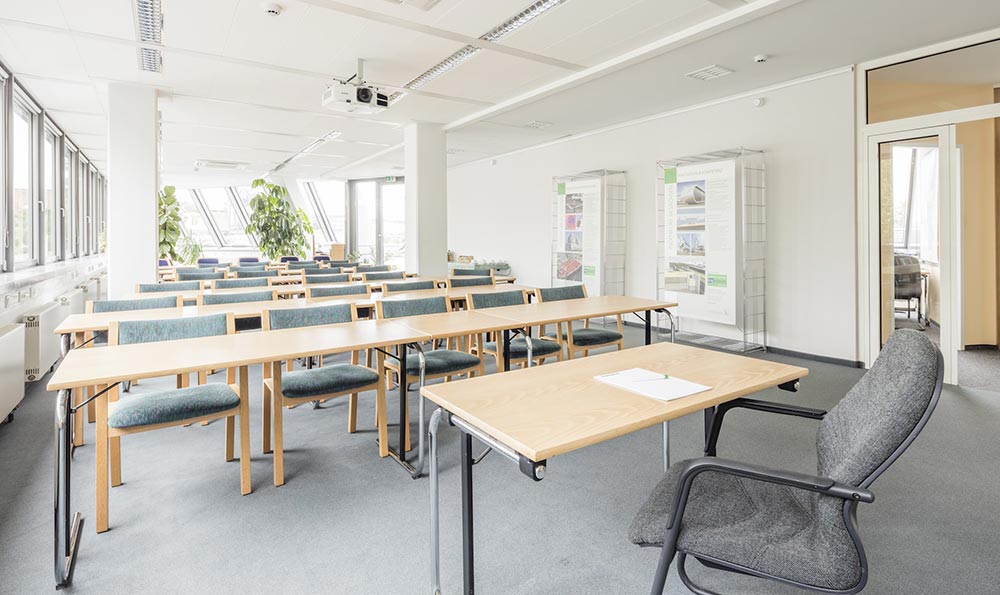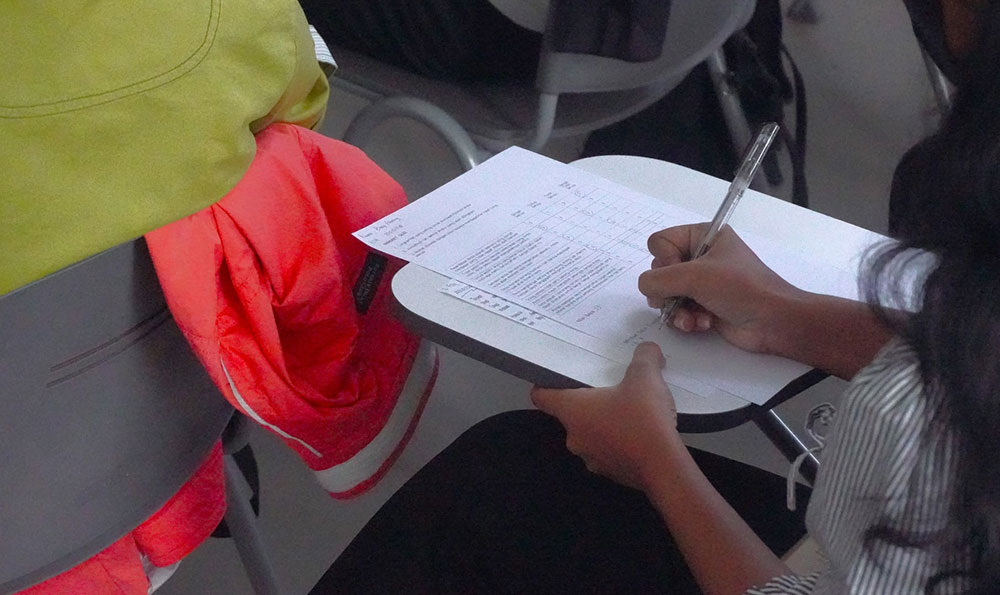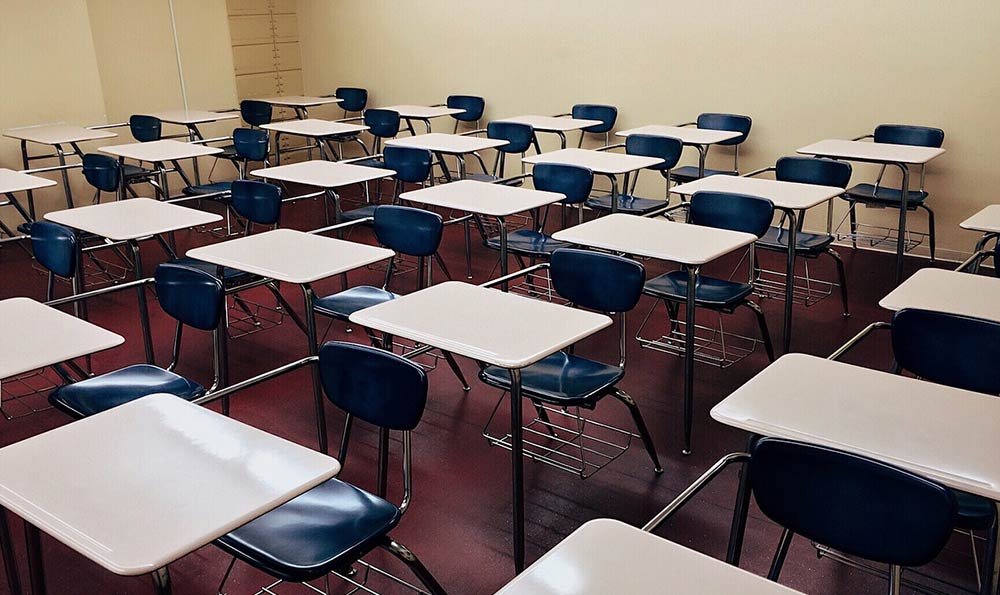
全国Ⅰ卷地区:河南、河北、山西、江西、湖北、湖南、广东、安徽、福建
全国Ⅱ卷地区:甘肃、青海、内蒙古、黑龙江、吉林、辽宁、宁夏、新疆、西藏、陕西、重庆
全国Ⅲ卷地区:云南、广西、贵州、四川
海南省:全国Ⅱ卷(语、数、英) 单独命题(政、史、地、物、化、生)
山东省:全国Ⅰ卷(外语、文综、理综) 自主命题(语文、文数、理数)
全部科目自主命题:江苏省、北京市、天津市扩展资料
2017年考试改革地区
高考改革地区:浙江、上海
考试模式:3 3,不分文理科
必考科目:语文、数学、外语,每科150分
改革后的考试具体安排如下
外语考试:浙江每年2次,6月和10月;上海每年2次,1月和6月 。
选考科目:浙江实行7选3,每科满分100分:思想政治、历史、地理、物理、化学、生物、信息技术(特别说明:浙江省的选考科目考试次数为2次,分别在4月和10月,外语和选考成绩2年有效。)
上海实行6选3,每科满分70分,思想政治、历史、地理、物理、化学、生命科学 。
参考资料百度百科-高考试题全国卷
高考全国三卷是哪些省
新疆、西藏、内蒙古

一、简介高考试题全国卷简称全国卷,它是由教育部考试中心组织命制的、适用于全国大部分省区的高考试卷,目的在于保证人才选拔的公正性。
2013年新课标全国卷分为Ⅰ卷、Ⅱ卷。从2016年新增Ⅲ卷。并且全国Ⅰ、Ⅱ、Ⅲ卷分别改称为全国乙、甲、丙卷。
小语种(日语/俄语/法语/德语/西班牙语)高考统一使用全国卷,各省均无自主命题权,且不分甲、乙、丙卷。2020年开始,因部分原课标全国卷地区高考改革,新推出新高考全国卷Ⅰ、Ⅱ卷。二、特征
1、考查内容与新课程匹配。
2、根据新课程的特征,分必考与选考题。
3、命题以考试大纲为依据,以课本教材为依托,考察学生综合能力。
三、使用范围
2016年,在甲卷(全国Ⅱ卷)、乙卷(全国Ⅰ卷)的基础上,新增丙卷(全国Ⅲ卷)。
2016年,广西、贵州、云南考生使用丙卷。
2017年增加省份:四川(数学、英语、理综) 、西藏。
2021年起,改称全国甲卷,使用地区不变。
2021年起使用省区:云南、贵州、四川、西藏、广西。
以上内容参考:百度百科——高考试题全国卷
2017年高考全国卷三英语答案解析
A build-it-yourself solar still is one of the best ways to obtain drinking water in areas where the liquid is not readily available.Developed by two doctors in the . Department of Agriculture, its an excellent water collector. Unfortunately, you must carry the necessary equipment with you, since its all but impossible to find natural substitutes. The only components required, though, are a 5×5 sheet of clear or slightly milky plastic, six feet of plastic tube, and a container-perhaps just a drinking cup-to catch the water. These pieces can be folded into a neat little pack and fastened on your 。这是一种出色的集水器,由美国农业部的两位博士研制。不好的是,你必须随身携带必要的设备,因为几乎不可能找到天然替代品。尽管需要的配件是一块5’×5’的透明或淡乳色塑料片、6英尺长的塑料管和一个容器(可能只是一个用来盛水的杯子)。这些配件可以折叠成整洁的小包装,系在腰带上。To construct a working still, use a sharp stick or rock to dig a hole four feet across and three feet deep. Try to make the hole in a damp area to increase the water catchers productivity. Place your cup in the deepest part of the hole. Then lay the tube in place so that one end rests all the way in the cup and the rest of the line runs up-and out-the side of the ,可以用锋利的木棍或石块挖一个四英尺宽、三英尺深的洞穴。在潮湿的地方挖洞,可以提高集水器的工作效率。将杯子放置在洞穴最深处,然后将管子放好,一头完全放入杯中,其余部分从洞穴中伸出。Next, cover the hole with the plastic sheet, securing the edges of the plastic with dirt and weighting the sheets center down with a rock. The plastic should now form a cone with 45-degree-angled sides. The low point of the sheet must be centered directly over, and no more than three inches above, the ,用塑料片盖住洞穴,用泥土固定塑料片边缘,并用石块压住塑料板中心。塑料片现在应该会形成一个45度角边的圆锥体。塑料片的低点必须位于杯子正上方中心位置,且不高于杯子上方三英寸。The solar still works by creating a greenhouse under the plastic. Ground water evaporates and collects on the sheet until small drops of water form, run down the material, and fall off into the cup. When the container is full, you can suck the refreshment out through the tube, and wont have to break down the still every time you need a ,太阳能蒸馏器就开始工作了。地下水蒸发并聚集在塑料片上,直至形成小水滴,顺着材料流下来,落入杯中。当容器装满时,可以通过管子吸出淡水,不必每次需要喝水时都要拆除蒸馏器。
